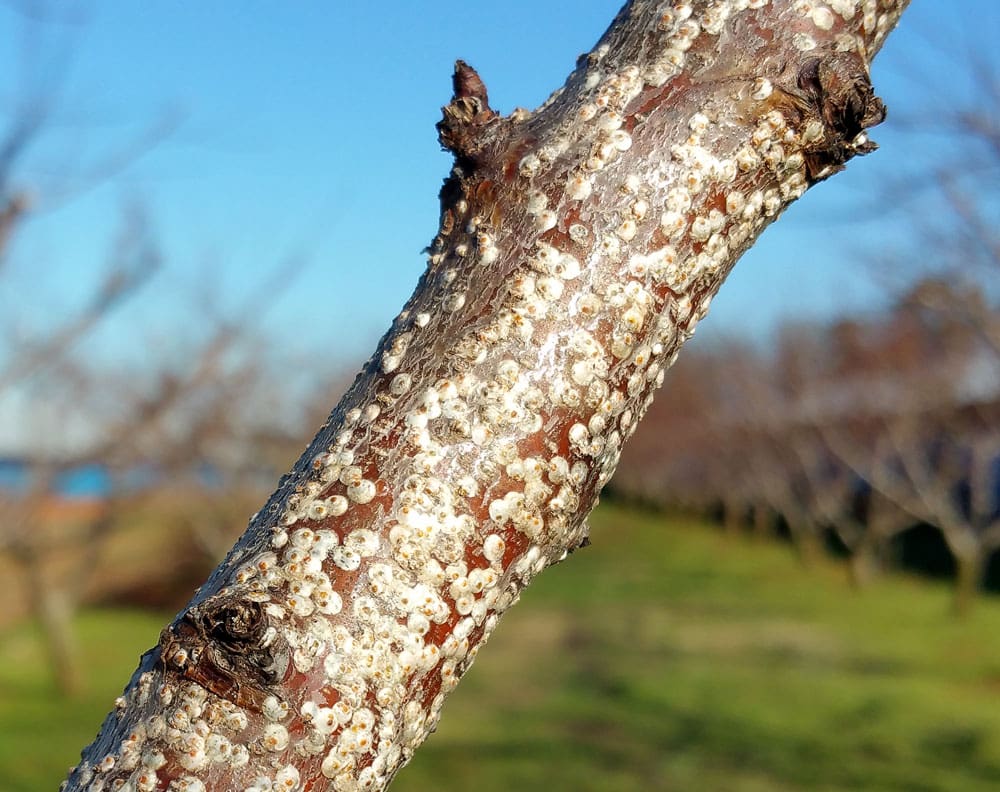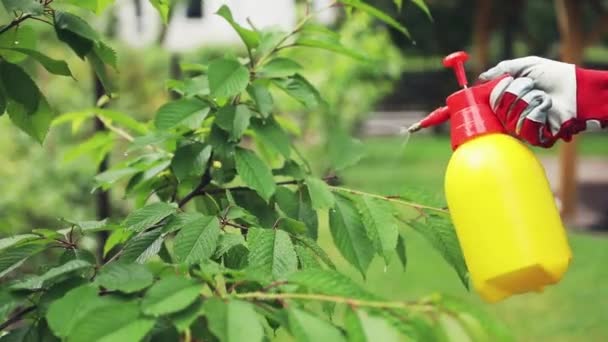Are you noticing white bugs on your trees? Don’t worry, you’re not alone. While these tiny bugs may look harmless at first glance, some can actually cause serious damage to your trees if not dealt with properly. In this blog post, we’ll be discussing the various types of white bugs you may encounter on your trees, how to identify them, and most importantly, how to get rid of them.
Call: (703) 573-3029

Types of White Bugs on Trees
Two common types of white bugs found on trees are woolly aphids and mealybugs. Woolly aphids are tiny, white, and fuzzy and can often be found clustered on the leaves and stems of your tree. We often get asked, “are woolly aphids harmful?” And the short answer is “yes.” If left untreated, these bugs will feed on the tree’s sap, weakening the tree and making it more susceptible to other pests and diseases. Additionally, the honeydew that woolly aphids produce can attract other insects and fungi to your tree.
Mealybugs
Mealybugs are small, oval-shaped, and covered in a powdery white substance. These insects feed on plant sap and can cause significant damage to plants and crops. They are often found in warm and humid environments, such as greenhouses and indoor gardens.


White Bugs Under Tree Bark: Scale
Another type of white bug that may be found on trees is scale, which is often characterized by patches of white bumps on the tree’s bark. One particularly vicious variety you may encounter is the crape myrtle bark scale, which is a type of invasive scale that specifically affects crape myrtle trees.
White Bugs Under Tree Bark:
If you notice white bugs under the bark of your tree, it’s likely that you’re dealing with some type of scale insect. These bugs often feed on the tree’s sap, which can damage the tree over time. Severe scale infestations often need professional help.
It’s best to deal with these bugs as soon as possible to prevent any long-term damage to your tree.
How to Get Rid of White Bugs on Trees
The method of getting rid of white bugs on your tree will depend on the type of insect present. Luckily, RTEC ‘s team of arborists and environmental specialists will formulate a customized plan for your pest issue.
For white scale and crape myrtle bark scale, a natural alternative to traditional treatment methods is horticultural oil, which we can apply to your trees for you. It’s important to have a professional apply horticultural oil, as these products can often burn your plant if applied incorrectly.


Call Us Today
If you’re facing issues with white bugs infesting your trees, it’s crucial to address them promptly to prevent any further damage. Depending on the type of bugs, they could be harmful to your trees and nearby vegetation. Identifying the specific species of bugs is essential for choosing the most effective treatment method. We can inspect your trees, identify the pests, and recommend appropriate solutions to protect your trees and garden.
An arborist will be able to let you know if the bugs are harmful and be able to recommend appropriate treatments. Book an appointment with one of our arborists online or call 703.573.3029.
[trustindex no-registration=google]



